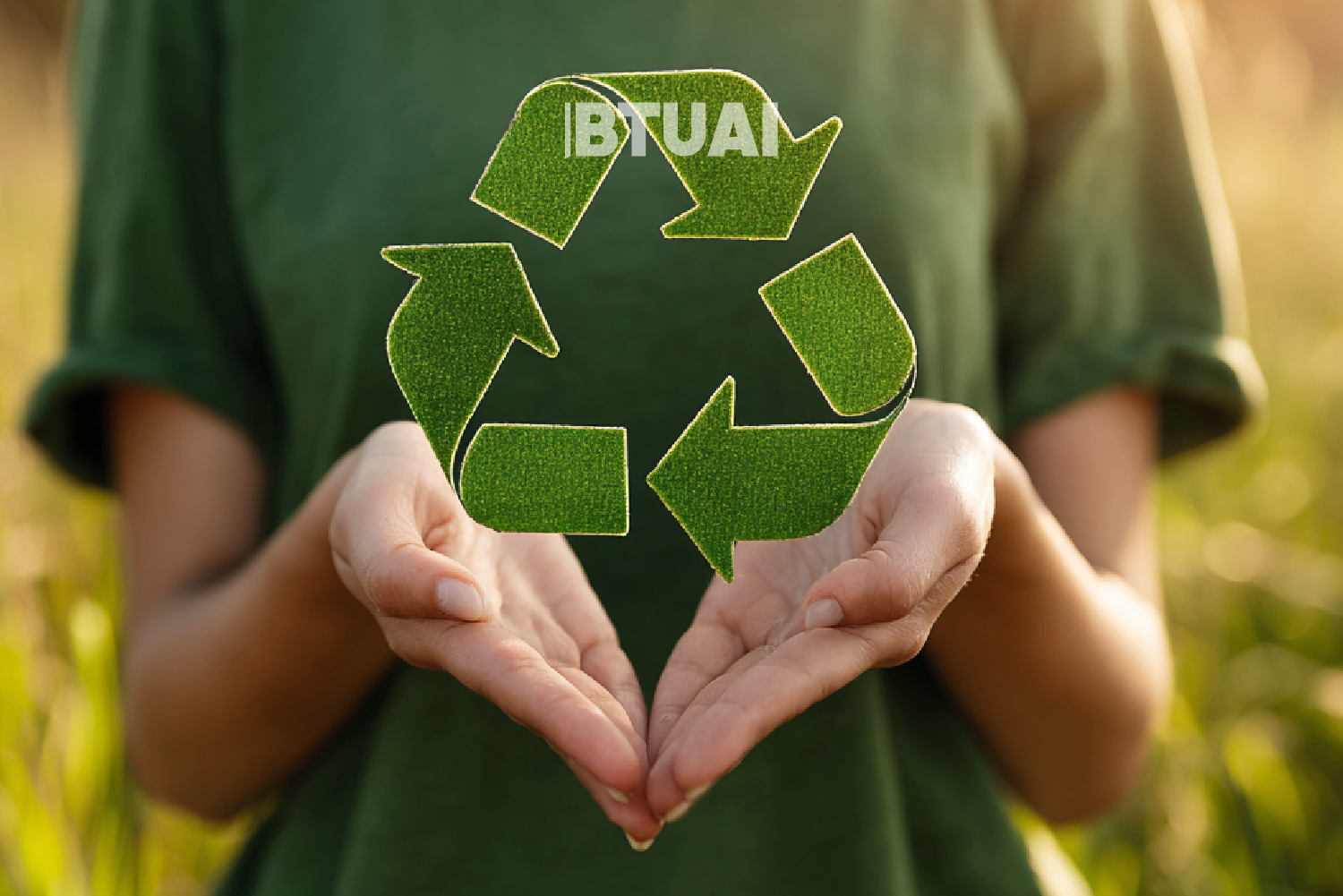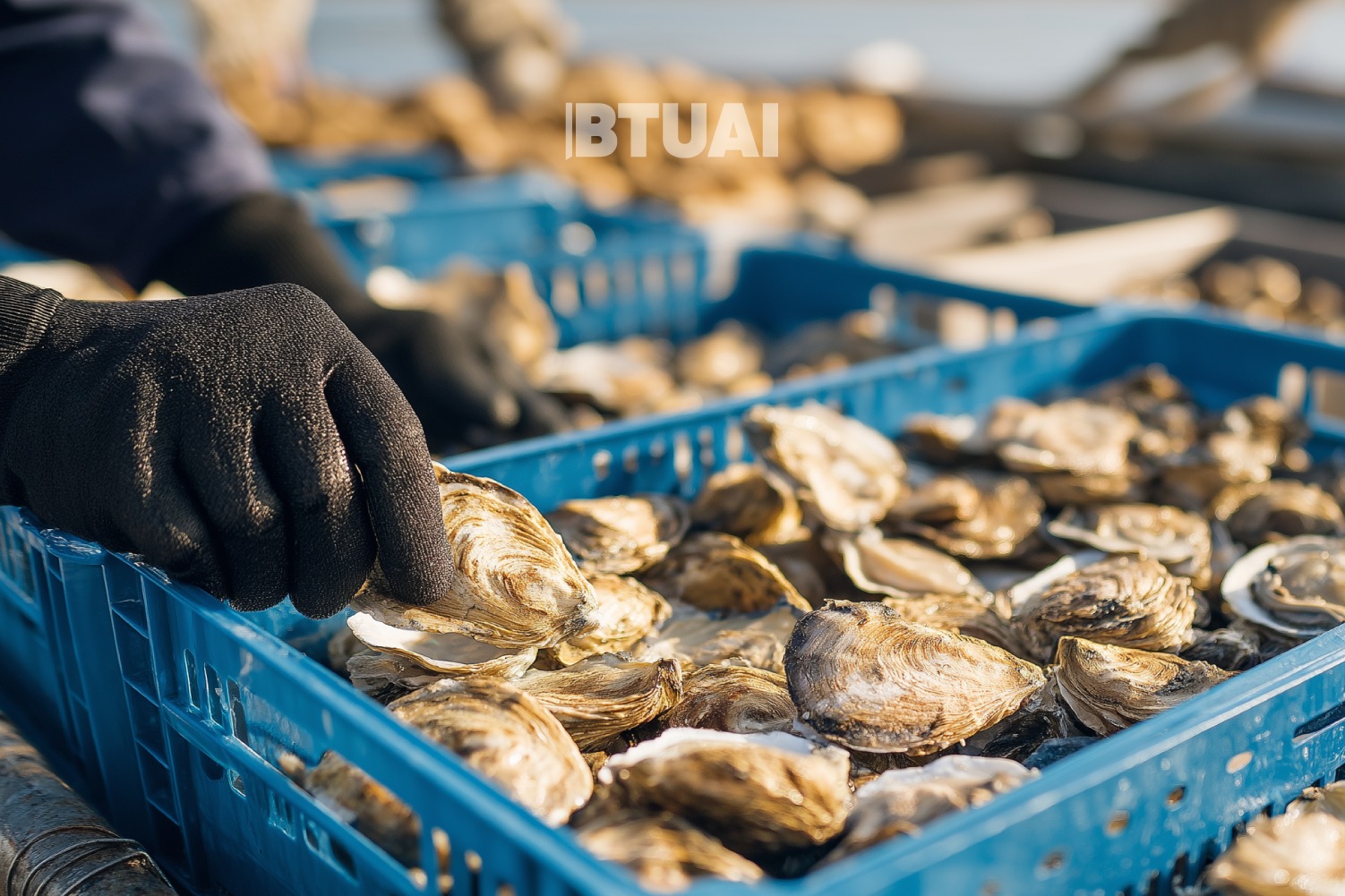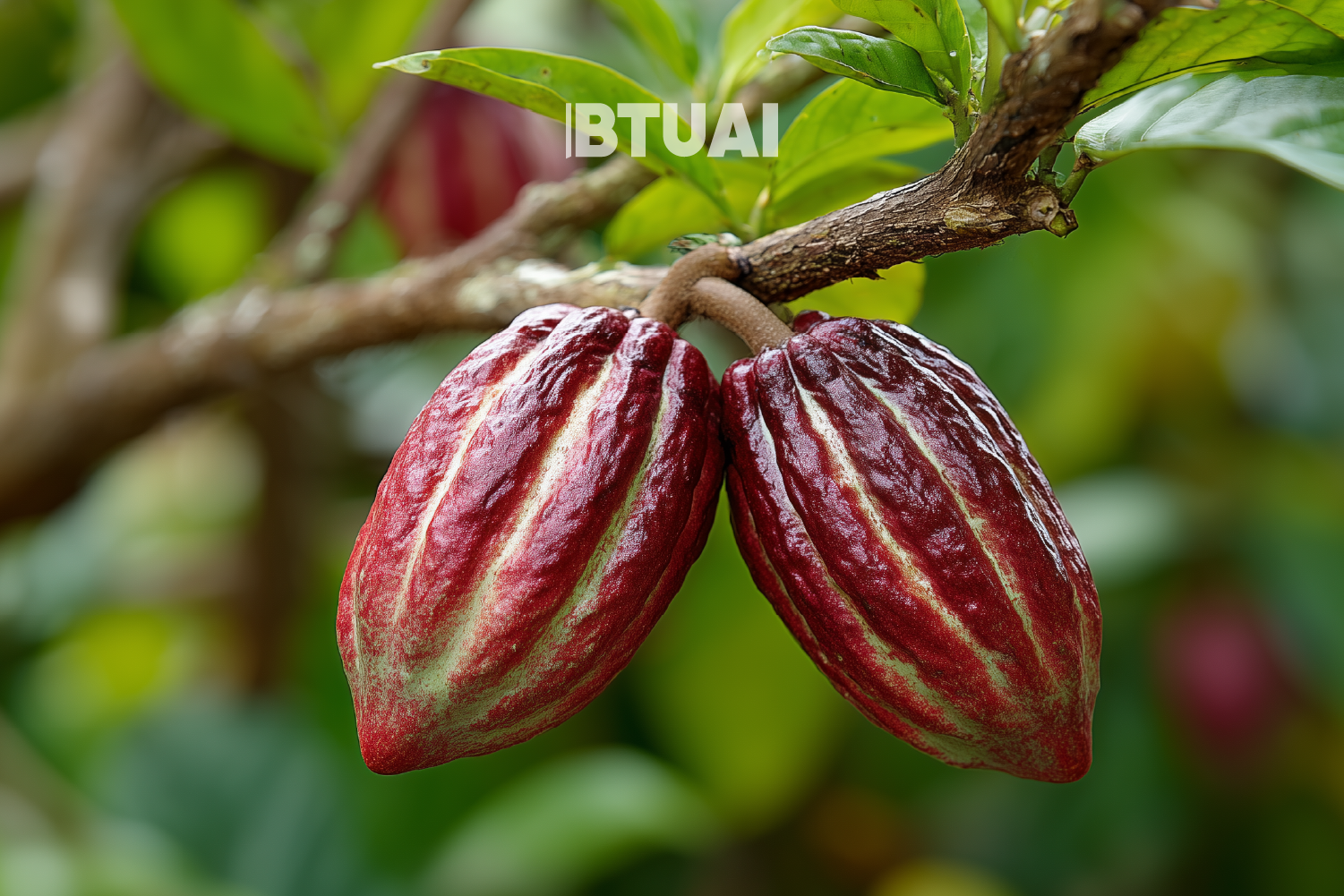The Fabric Gap — How the Absence of Local Production Threatens Georgia’s Green Fashion Ambitions?
In recent years, Georgia has been working to craft a new image in the fashion industry — positioning itself

In recent years, Georgia has been working to craft a new image in the fashion industry — positioning itself as a potential hub for green fashion in Eastern Europe. On international runways, Georgian designers showcase zero-waste collections, naturally dyed fabrics, and locally produced small-batch garments. On social media and in the press, stories circulate about social enterprises giving new life to discarded textiles through recycling. Yet behind this ambitious image lies a systemic problem — Georgia has almost no local textile production. This gap is not just a technical or infrastructure issue; it affects economic sustainability, environmental impact, and the country’s competitiveness in global markets.
Full Dependence on Imports — Vulnerability Felt at Every Link – The vast majority of Georgia’s fashion producers — including those who identify as “sustainable fashion brands” — source their fabrics and main raw materials from abroad, most often from Turkey, Italy, and China. This means producers are dependent on global logistics, where prices and delivery times are beyond their control. There is no medium- or large-scale textile manufacturing facility in the country that could even partially meet domestic demand. The sole exception is Colours of Caucasus, which creates naturally dyed fabrics and collaborates with designers, but its scale is far too small to have a significant sector-wide impact. Enterprises like Leader/Lemo have openly stated that without EU assistance, obtaining quality materials would be virtually impossible for them. This reliance on donors underscores the inability of the domestic market to maintain a self-sufficient supply chain — a weak point not just for individual brands, but for the entire sector.
The Environmental Impact Paradox — When “Green” Isn’t Fully Green – Sustainable fashion brands often highlight that their collections are produced in small batches, with handcrafted details and eco-friendly methods. But when the main raw materials come from abroad, the product’s carbon footprint inevitably increases. Transporting fabrics from Europe or Asia requires long-distance shipping, with high energy use and fuel consumption, which significantly worsens the overall environmental profile. In practice, the “green” production processes carried out locally are often offset by the environmental costs of imports. Moreover, Georgia lacks a system that would allow manufacturers to verify the production conditions of imported materials: how much water is used in fabric making, what chemical dyes are applied, and under what labor conditions workers operate. This lack of transparency creates a risk of greenwashing, where brands talk about environmental responsibility but cannot control the entire production chain.
Price and Time Barriers — How Imports Limit Growth Potential – Imported fabrics are expensive, especially for small-batch production. Sustainable fashion brands that do not produce at scale are forced to pay high per-meter costs, which significantly increases the final price of the product. This reduces their audience in the local market and further strengthens the position of the second-hand clothing market, where prices are much lower. Delivery times are also a serious issue. Any disruption in international shipping — whether due to rising maritime tariffs, stricter customs regulations, or global crises — directly interrupts production cycles. The logistics crises of 2021–2023 made this clear: small enterprises, lacking the capacity to hold safety stock, faced delays that jeopardized their ability to fulfill international orders on time.
Lost Economic and Social Opportunities – The absence of local textile production means Georgia is missing significant economic potential. Textile factories could become a major source of employment in the regions, especially in municipalities with low female employment rates. Experience from new EU member states shows that small and medium-sized textile factories can not only meet domestic demand but also export. In Bulgaria and Romania, such factories often collaborate with the agricultural sector — for example, integrating local cotton or flax production. Introducing a similar model in Georgia would closely link the sustainable fashion sector with the rural economy, giving it an additional boost.
Long-Term Competitiveness Risk – Demands in the global fashion market are tightening: European and North American buyers increasingly require certification of the entire production chain — from raw material origin to packaging. This means that in the future, sustainable design alone will not be enough. Brands will need certified sources for fabrics, dyes, and packaging in order to remain competitive internationally. Georgian brands dependent on imports may find themselves unable to prove the origin of their materials, excluding them from certain orders. This scenario is particularly risky as the global sustainable fashion market grows rapidly and competition intensifies.




